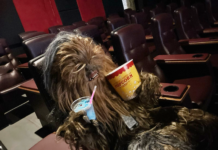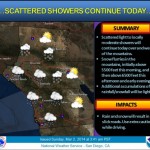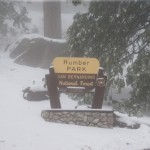The coming rain and snow storms may affect highways on the Hill. Caltrans has specifically identified SR 243 in both the Silver and Mountain fires areas, SR 74 desert area (Mountain Fire), and SR 74 in Falls Fire.
Caltrans has completed emergency projects to make repairs on these routes for guardrail, drainage, slopes, and the roadway. These routes will be closely monitored during the storm and will be subject to closure if conditions warrant.
Caltrans has provided these helpful tips that may save your life if you must drive during the storm. Use extreme caution and expect road closures without warning in the event of flooding, road loss, accidents, and any other unforeseen events.
1. If you are traveling to mountain areas, please BRING CHAINS FOR YOUR VEHICLE. You will not be permitted without them.
2. Flooding or mud/debris flow is expected during heavy rain – turn around – don’t drown! Never exit your vehicle or try to cross running water! It only takes 18 inches of water to lift your vehicle. Your vehicle will protect you from being dragged by water and hit with debris.
3. Never pass snow plows, roadwork equipment or vehicles, law enforcement, or emergency personnel. The drivers have limited visibility during inclement weather and you're likely to find the road in front of them worse than the road behind you. Give them room.
4. Decrease your speed and leave yourself plenty of room to stop. You should allow at least three times more space than usual between you and the car in front of you.
5. Brake gently to avoid skidding. If your wheels start to lock up, ease off the brake.
6. Turn on your lights to increase your visibility to other motorists.
7. Make sure your car is in good running condition. Check fluids, windshield wipers, and lights before driving.
8. Use low gears to keep traction, especially on hills.
9. Do not use cruise control or overdrive.
10. Be especially careful on bridges, overpasses and infrequently traveled roads, which will freeze first. Even at temperatures above freezing, if the conditions are wet, you might encounter ice in shady areas or on exposed roadways like bridges.
11. Don't assume your vehicle can handle all conditions. Even four-wheel and front-wheel drive vehicles can encounter trouble on affected roads.
12. Pack a safety kit. Include blankets or sleeping bags, water, food, change of clothes and warm clothing, sturdy shoes, flashlight, candles, matches, kitty litter (in case you are stuck in the snow or mud), ice scraper, a radio and batteries, and a rope. Pack extra medication and store the kit so it is reachable.









